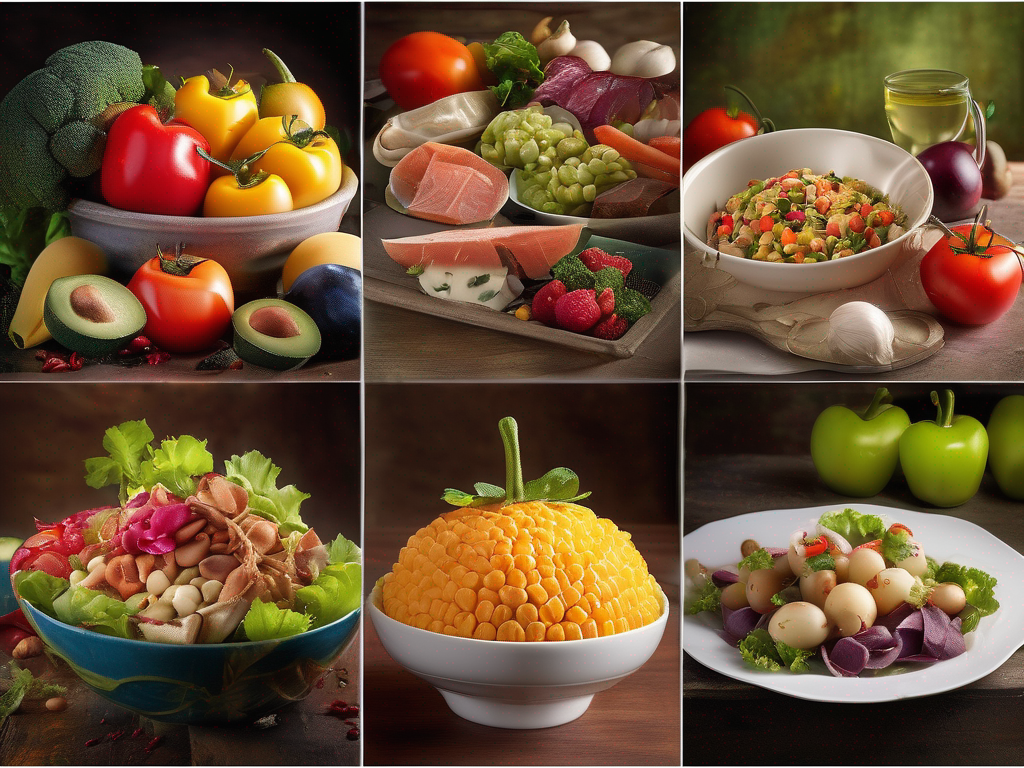
Food for Thought: A Comprehensive Guide to Food Safety and Storage
Get Your Free Food Safety Cheat Sheet
30 most common foods with instant answers. Print it and stick it on your fridge—completely free!
Food for Thought: A Comprehensive Guide to Food Safety and Storage
When it comes to food, safety and proper storage are paramount. Ensuring that the food we consume is safe and free from contamination is essential for our health and well-being. In this blog post, we will delve into the various aspects of food safety and storage, providing you with practical tips and information to help you make informed decisions about the food you eat.
Understanding Food Safety
Importance of Food Safety
- Food safety is crucial to prevent foodborne illnesses and ensure the well-being of consumers.
- Contaminated food can lead to various health issues, ranging from mild gastrointestinal discomfort to severe infections.
Common Food Contaminants
- Bacteria: Pathogenic bacteria such as Salmonella and E. coli can thrive in food if not properly handled and cooked.
- Viruses: Viruses like Norovirus can contaminate food and cause illnesses.
- Parasites: Parasites such as Toxoplasma gondii can be present in undercooked meat and cause infections.
Tips for Ensuring Food Safety
- Wash your hands thoroughly before handling food.
- Keep raw meat and seafood separate from other foods to prevent cross-contamination.
- Cook food to the recommended internal temperature to kill harmful bacteria.
Proper Food Storage
Importance of Food Storage
- Proper storage helps maintain the quality of food and prevents spoilage.
- Storing food correctly can extend its shelf life and reduce food waste.
Storage Guidelines
- Refrigeration:
- Keep refrigerators at or below 40°F (4°C) to slow bacterial growth.
- Store raw meat and seafood on the bottom shelf to prevent drips onto other foods.
- Freezing:
- Freeze food at 0°F (-18°C) or below to maintain quality.
- Use airtight containers or freezer bags to prevent freezer burn.
- Pantry:
- Store dry goods in a cool, dry place away from direct sunlight.
- Check expiration dates regularly and rotate older items to the front.
Tips for Safe Food Handling
Washing Produce
- Rinse fruits and vegetables under running water to remove dirt and bacteria.
- Use a brush for firm produce like potatoes and cucumbers.
Thawing Food
- Thaw frozen food in the refrigerator, microwave, or cold water to prevent bacterial growth.
- Avoid thawing food at room temperature, as it can lead to bacterial contamination.
Leftover Safety
- Refrigerate leftovers promptly to prevent bacterial growth.
- Consume leftovers within 3-4 days or freeze for longer storage.
Conclusion
In conclusion, prioritizing food safety and proper storage practices is essential for maintaining a healthy diet and preventing foodborne illnesses. By following the guidelines outlined in this blog post, you can ensure that the food you consume is safe, fresh, and free from contaminants. Remember, when it comes to food safety, knowledge is key. Stay informed and make informed choices for a healthier lifestyle.
For more information on food safety and storage, check out these resources:
Remember, when in doubt, throw it out! Your health is worth the extra precaution when it comes to food safety. Stay safe, stay informed, and enjoy your meals with peace of mind.
Authoritative Food Safety References
These agencies and university labs inform every tip and health precaution we publish.
USDA FoodKeeper – Cold Storage Guidelines
Official refrigerator, freezer, and pantry timelines maintained by the U.S. Department of Agriculture.
Visit USDA FoodKeeperFDA Produce Safety Rule & Grower Guidance
Field-to-fridge handling practices that prevent contamination of fruits, vegetables, and leafy greens.
Visit FDA Produce SafetyCDC Foodborne Illness Prevention Hub
Surveillance-backed guidance on pathogens, symptoms, and steps to reduce foodborne illness risk.
Visit CDC Food SafetyUC Davis Postharvest Technology Center
University research detailing optimal storage atmospheres for produce after harvest.
Visit UC Davis PostharvestPenn State Extension – Home Food Preservation & Safety
Peer-reviewed extension bulletins on safe canning, chilling, and reheating practices.
Visit Penn State ExtensionGet Your Free Food Safety Cheat Sheet
30 most common foods with instant answers. Print it and stick it on your fridge—completely free! Want more? Upgrade to the complete guide with 70+ foods.
Scan your food directly and get instant safety info using our AI-powered camera feature.